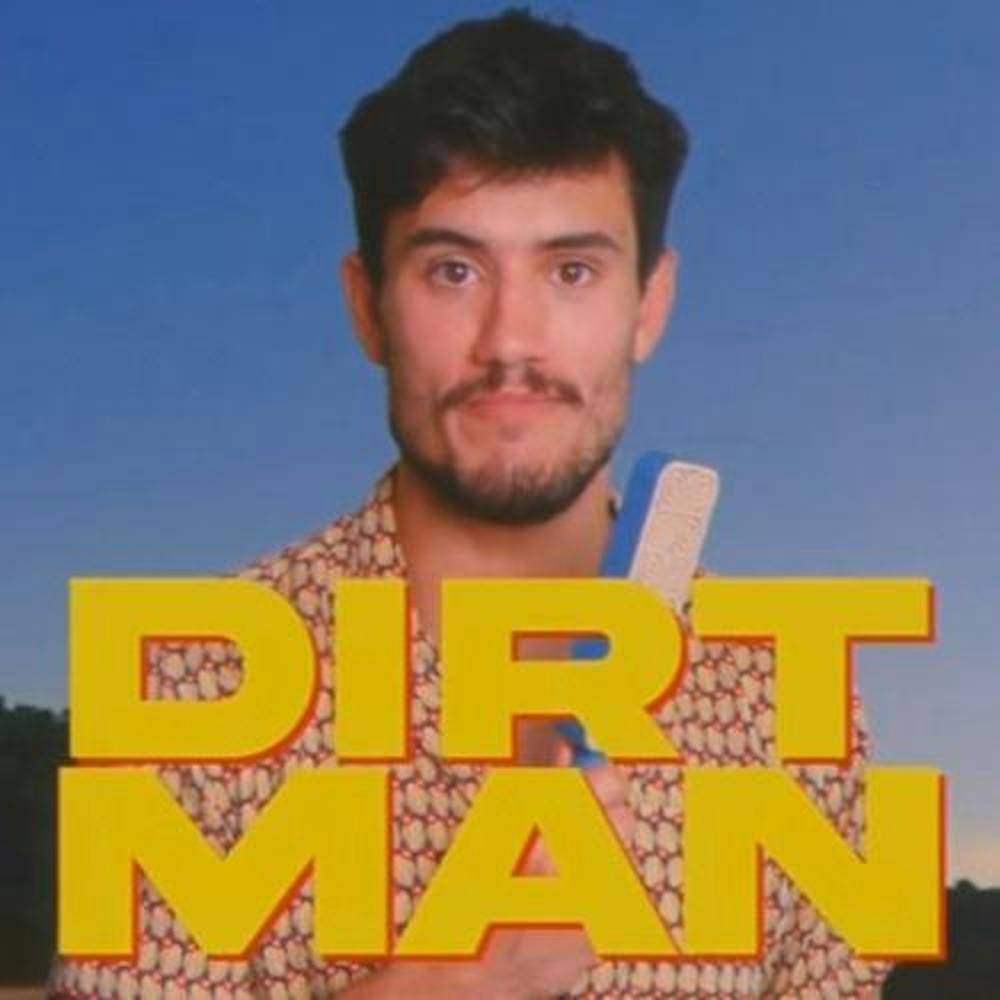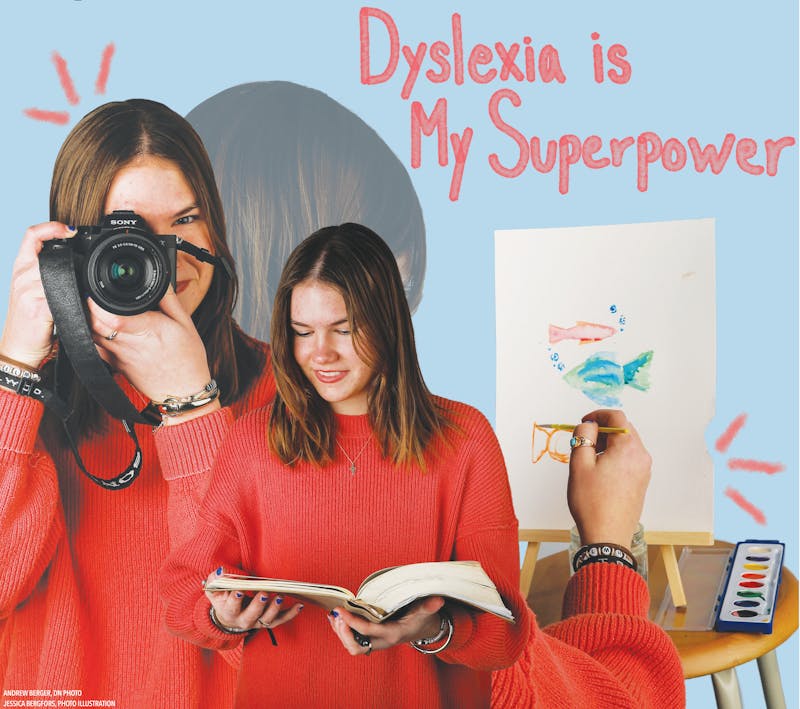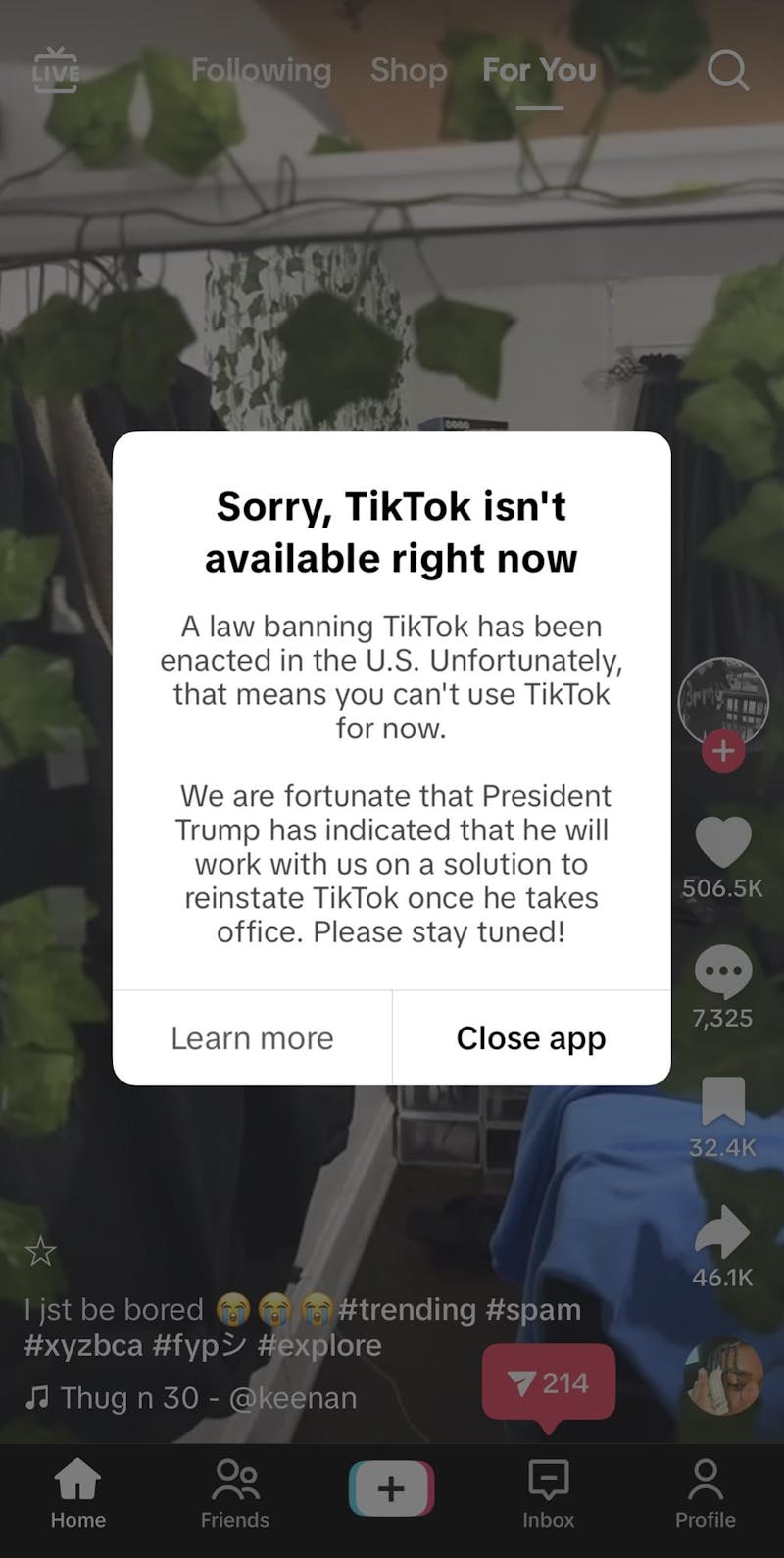Who is “Dirt Man”?
Since its debut on TikTok in late April 2024, Carter Vail's "Dirt Man" song has taken the platform by storm. The quirky premise presents the fictional Dirt Man, a mysterious figure who demands dirt be hidden under pillows to avoid being dragged to his underground lair. This surreal and humorous concept, paired with a catchy melody, struck a chord with TikTok users, igniting a wave of creative responses. From talkbox covers to elaborate Dungeons & Dragons-inspired role-playing, "Dirt Man" quickly became a defining trend of the summer. But the song’s significance goes beyond its viral status; it taps into something much older and more universal—folklore.
What is Folklore?
Folklore encompasses the traditional stories, beliefs, and customs passed down through generations within communities. Historically, these tales were shared orally, with each retelling reshaping the narrative to reflect the community’s evolving fears, values, and humor. This communal storytelling tradition gave rise to legendary figures like the Tooth Fairy or the Sandman—creations of collective imagination that served both entertainment and moral functions. The key characteristics of folklore include oral transmission, cultural relevance, and adaptability. Each story, myth, or custom evolves, shaped by the needs and creativity of the people who tell it.
How Are "Dirt Man" and Folklore Connected?
The "Dirt Man" song exemplifies how modern technology serves as a new medium for folklore creation. While traditional folklore was passed through oral storytelling, TikTok allows for digital communal transmission, where users not only consume but also contribute to and reinterpret content. The viral trend surrounding "Dirt Man" saw users remixing, duetting, and transforming the original song, adding their creative spins to expand the narrative. In this way, "Dirt Man" functions as a modern digital folktale, a shared story that evolves with each new contribution from the community.

The song also embodies cultural relevance, a core aspect of folklore. Folklore often mirrors the values and humor of its time, and "Dirt Man" resonates with a modern audience that enjoys quirky, surreal humor. Its playful subversion of familiar tropes, like the Tooth Fairy, reflects contemporary meme culture’s love for absurdity. In the fast-paced world of social media, where creativity and imagination are highly valued, "Dirt Man" provides a form of escapism while connecting with shared cultural references. This allows users to bond over the humor and absurdity, much like communities of old gathered around shared stories. Lastly, the song's malleability showcases its folkloric evolution. Traditional folklore is never static—it changes with each retelling, as storytellers adapt the narrative to their environment and audience. On TikTok, "Dirt Man" has been reshaped through numerous user-generated videos, transforming it into a myth with added layers. From backstories to mock rituals, users have expanded the Dirt Man canon, creating an ever-evolving piece of digital folklore. This mirrors the adaptability of traditional tales, where each generation adds its interpretation, ensuring the story's survival across time.
Why Should You Care About "Dirt Man"?

"Dirt Man" is a modern-day example of how folklore continues to thrive in the digital age. By blending TikTok's participatory culture with the narrative elements of traditional myths, the song reveals that the human impulse to share, reshape, and spread stories remains alive. TikTok has become a popular platform for new folk narratives, where users collectively build and reimagine stories in real time. Much like figures from ancient folklore, the Dirt Man transcends his original form, becoming part of a living narrative crafted by the collective imagination of an online community.
The Importance of Preserving Folklore
Preserving folklore, whether in its traditional or modern form, is crucial because it captures the values, fears, humor, and wisdom of a culture. These stories create a shared sense of identity, connecting individuals across generations and communities. In today's digital landscape, folklore continues to evolve, and platforms like TikTok ensure that these narratives not only survive but adapt to contemporary contexts. The transition from oral to digital storytelling demonstrates that folklore is not bound to one medium—it remains a living tradition, constantly reshaped to reflect the needs and creativity of its audience.
In this way, "Dirt Man" symbolizes how digital platforms breathe new life into ancient storytelling practices. By blending tradition with innovation, TikTok trends like "Dirt Man" allow folklore to evolve while maintaining its role as a bridge between past and present. The participatory nature of these platforms fosters a continual reimagining of stories, proving that despite changes in medium, the essence of folklore—its adaptability, cultural relevance, and communal transmission—remains timeless.
Sources: Tiktok, Spotify, Spotify, Tiktok, Tiktok, MerriamWebster, NationalLibraryofMedicine, DeltaDental, HowStuffWorks
Photos: SoundCloud, Spotify, Spotify
Contact Rosie Mitchell with comments at rosalita.mitchell@bsu.edu





The Daily News welcomes thoughtful discussion on all of our stories, but please keep comments civil and on-topic. Read our full guidelines here.